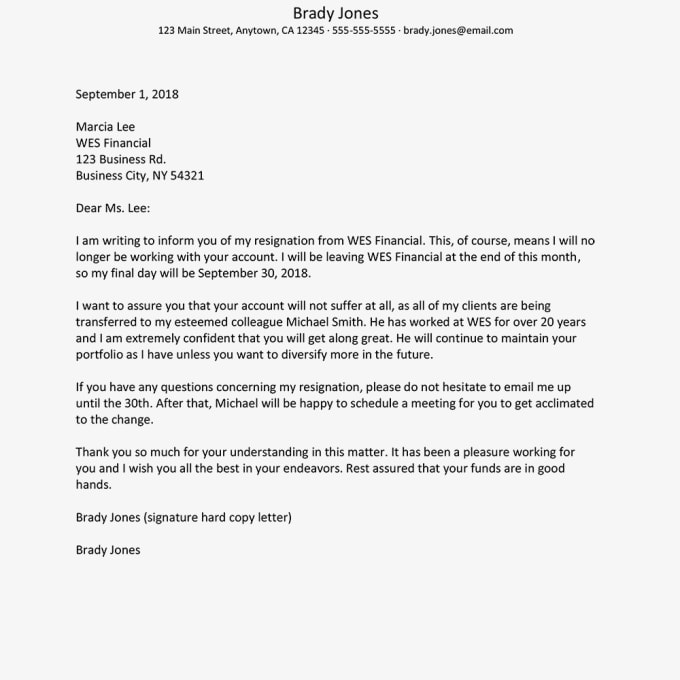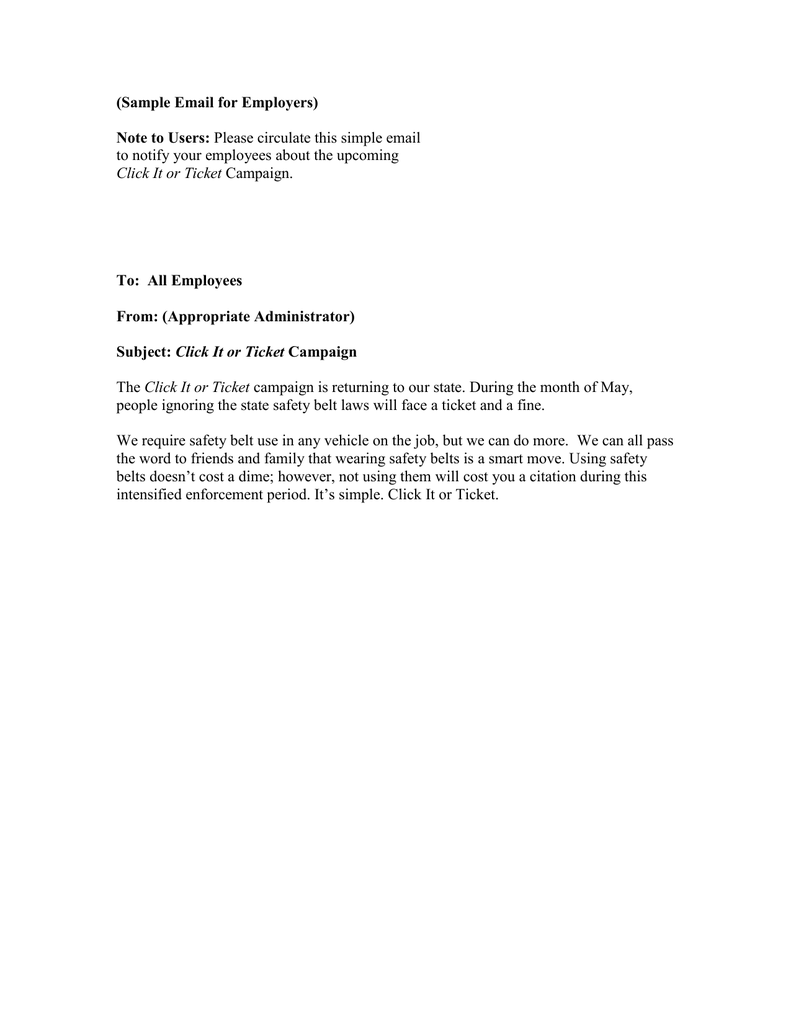
We regret to inform you that we will not be able to respect the deadline previously agreed for the delivery of your order. Let’s see how all of this works in practice.Įxample 1: Delay with the delivery of an order

It’s useful to prepare an initial draft and then proceed with any corrections. There are no conventional formulas for writing the body of the text because this varies according to the function of what you need to communicate. I am writing to thank you for… (if you need to thank the recipient).If instead you’re replying to an email you received, you can say: I regret to inform you that… (if you’re communicating bad news).I am delighted to tell you… (if you’re communicating good news).If you’re writing an email to send information, you can start with one of the following sentences: I am writing in connection with… (email subject).

I am writing with regard to… (email subject).Introduce yourself briefly (long texts often discourage people from reading them), then follow on with: Dear Sir/Madam (if you don’t know the name of the recipient) or more generally ‘To whom it may concern’Īfter the initial greeting you need an introductory sentence that indicates clearly the reason for writing and is consistent with the subject of the email.Dear Mr/Mrs/Ms (surname of the recipient, e.g.In our specific case being formal, the most appropriate options are: relative details about your company (name, address.)ĭepending on the type of relationship you have with the person you’re writing to, there are different ways of starting an email, but any email should always start with a greeting.Double-checking what you’ve written is a simple step to take that can prevent you from appearing unprofessional and above all careless.īe sure to have set your emails to end with all the important information about you, including: Grammatical or typing mistakes are very common even in your own language, so in English you can make errors much more easily. Never send an email in English without having re-read what you wrote. The Anglo-Saxons in general pay a lot of attention to forms of courtesy and gratitude, therefore never forget to add them. When you write an email in English, you’re not only using another language but you’re also entering another culture with different habits. Make sure you break up the text into two or three paragraphs – this enables the reader to quickly see the key points. Unlike many other languages which require long complex sentences in a formal written context, English is very concise and favors short sentences and a simple structure. The subject is the first piece of information that the recipients of an email see, and if it’s written incorrectly or unclearly, it could push the reader to delete it without even opening it! So it’s important to give a clear and precise message, right from the start, indicating the content or reason for writing in two or three words that grabs the attention of the recipient. To write an email in English in the right way, don’t improvise! Read the following advice to avoid making serious mistakes that could compromise the success of the email from the moment it is received. The rules for writing formal emails in English The rules for writing formal emails in English.

#Writing this email to inform you professional#
At work above all, writing formal emails in English in the right way requires certain skills, and being a professional situation, it’s essential not to commit mistakes in order to make a good impression of yourself and your company.

They’re fast, immediate, and allow you to interact with all kinds of businesses within and beyond the national boundaries. This article will help you to communicate better and to write formal emails in English.Įmails are among the most commonly used means of communication in the world.


 0 kommentar(er)
0 kommentar(er)
